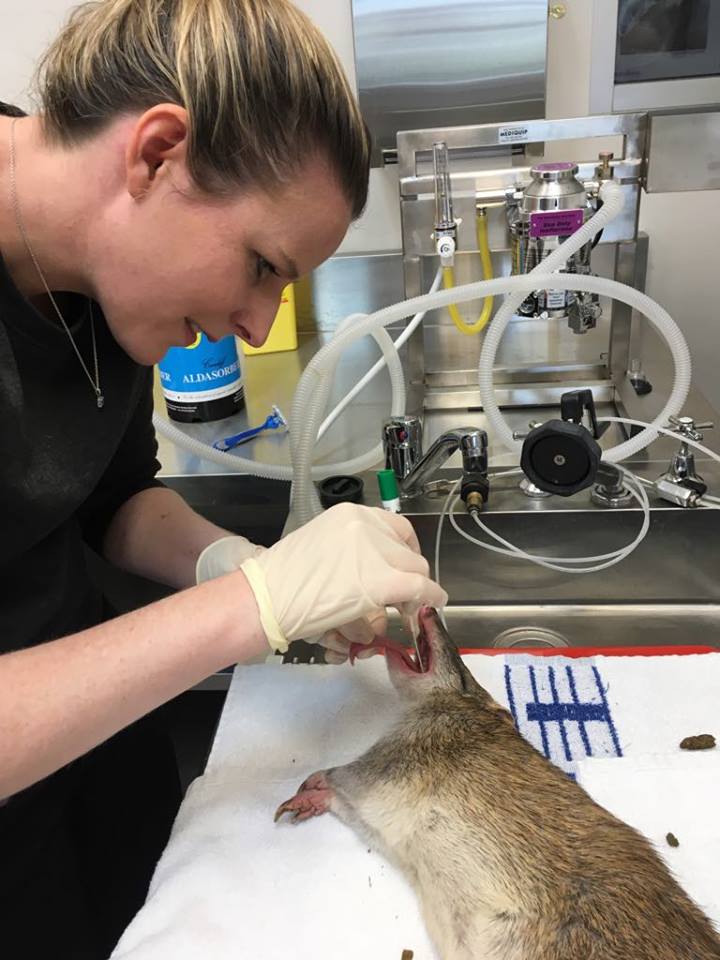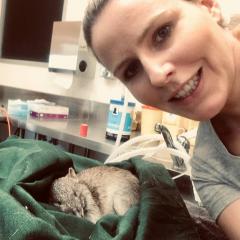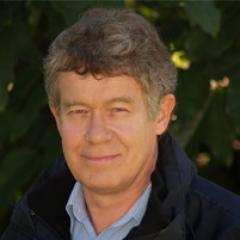Background
Clearing of native forests for the expansion of urban and agricultural areas results in substantial alterations to native ecosystem structures and processes (Bradley & Altizer 2007; Brearley et al. 2013; Soulsbury & White 2016). Exposure to certain pathogens may be higher in wildlife inhabiting heavily modified, anthropogenic landscapes (Allan et al. 2003; Lehrer et al. 2010; Hillman et al. 2017). Reduction in habitat size combined with behavioural modifications such as seeking anthropogenic food sources can lead to increased interaction between humans, domestic animals and wildlife species (Eymann et al. 2006; Hillman & Thompson 2016; Hillman et al. 2017).
As urban and agricultural areas continue to expand, research in this area is not only important to safeguard wildlife health but also human and domestic animal health.
Aims
- Determine the prevalence of certain pathogens in free-living bandicoots in South East Queensland;
- Establish correlations between prevalence of these pathogens and anthropogenic land use categorising in to urban, peri-urban and rural;
- Investigate the seasonal prevalence of ectoparasites carried by free-living bandicoots in South East Queensland;
- Determine the opinions of primary producers regarding interactions between native wildlife and livestock.

Expected outcomes
This research will contribute to knowledge of the epidemiology of certain pathogens in South East Queensland. It will provide a greater understanding of how human land-use impacts the health of wildlife. An improved understanding of the wildlife–pathogen dynamics in these landscapes may also aid in limiting the risk of human and domestic animal exposure to disease.
In addition, the primary producer questionnaire will provide valuable information regarding production animal health which will contribute to a better understanding of the epidemiology of certain pathogens. Furthermore, the questionnaire will also provide insight into the opinions of primary producers relating to wildlife on farm. This information may be useful to better manage wildlife conflict in agricultural areas and improve strategies for on-farm conservation.
References
Allan, BF, Keesing, F & Ostfeld, RS 2003, 'Effect of Forest Fragmentation on Lyme Disease Risk', Conservation Biology, vol. 17, no. 1, pp. 267-72.
Bradley, CA & Altizer, S 2007, 'Urbanization and the ecology of wildlife diseases', Trends in Ecology & Evolution, vol. 22, no. 2, pp. 95-102.
Brearley, G, Rhodes, J, Bradley, A, Baxter, G, Seabrook, L, Lunney, D, Liu, Y & McAlpine, C 2013, 'Wildlife disease prevalence in human-modified landscapes', Biological Reviews, vol. 88, no. 2, pp. 427-42.
Eymann, J, Herbert, CA, Cooper, DW & Dubey, JP 2006, 'Serologic Survey for Toxoplasma gondii and Neospora caninum in the Common Brushtail Possum (Trichosurus vulpecula) from Urban Sydney, Australia', The Journal of Parasitology, vol. 92, no. 2, pp. 267-72.
Hillman, AE, Lymbery, AJ, Elliot, AD & Thompson, ARC 2017, 'Urban environments alter parasite fauna, weight and reproductive activity in the quenda (Isoodon obesulus)', Science of The Total Environment, vol. 607-608, pp. 1466-78.
Hillman, AE & Thompson, ARC 2016, 'Interactions between humans and urban-adapted marsupials on private properties in the greater Perth region', Australian Mammalogy, vol. 38, no. 2, pp. 253-5.
Lehrer, EW, Fredebaugh, SL, Schooley, RL & Mateus-Pinilla, NE 2010, 'Prevalence of Antibodies to Toxoplasma gondii in Woodchucks across an Urban–rural Gradient', Journal of Wildlife Diseases, vol. 46, no. 3, pp. 977-80.
Soulsbury, CD & White, PCL 2016, 'Human–wildlife interactions in urban areas: a review of conflicts, benefits and opportunities', Wildlife Research, vol. 42, no. 7, pp. 541-53.




